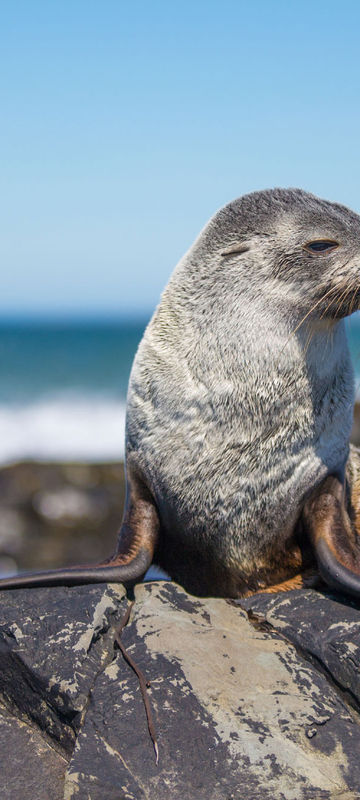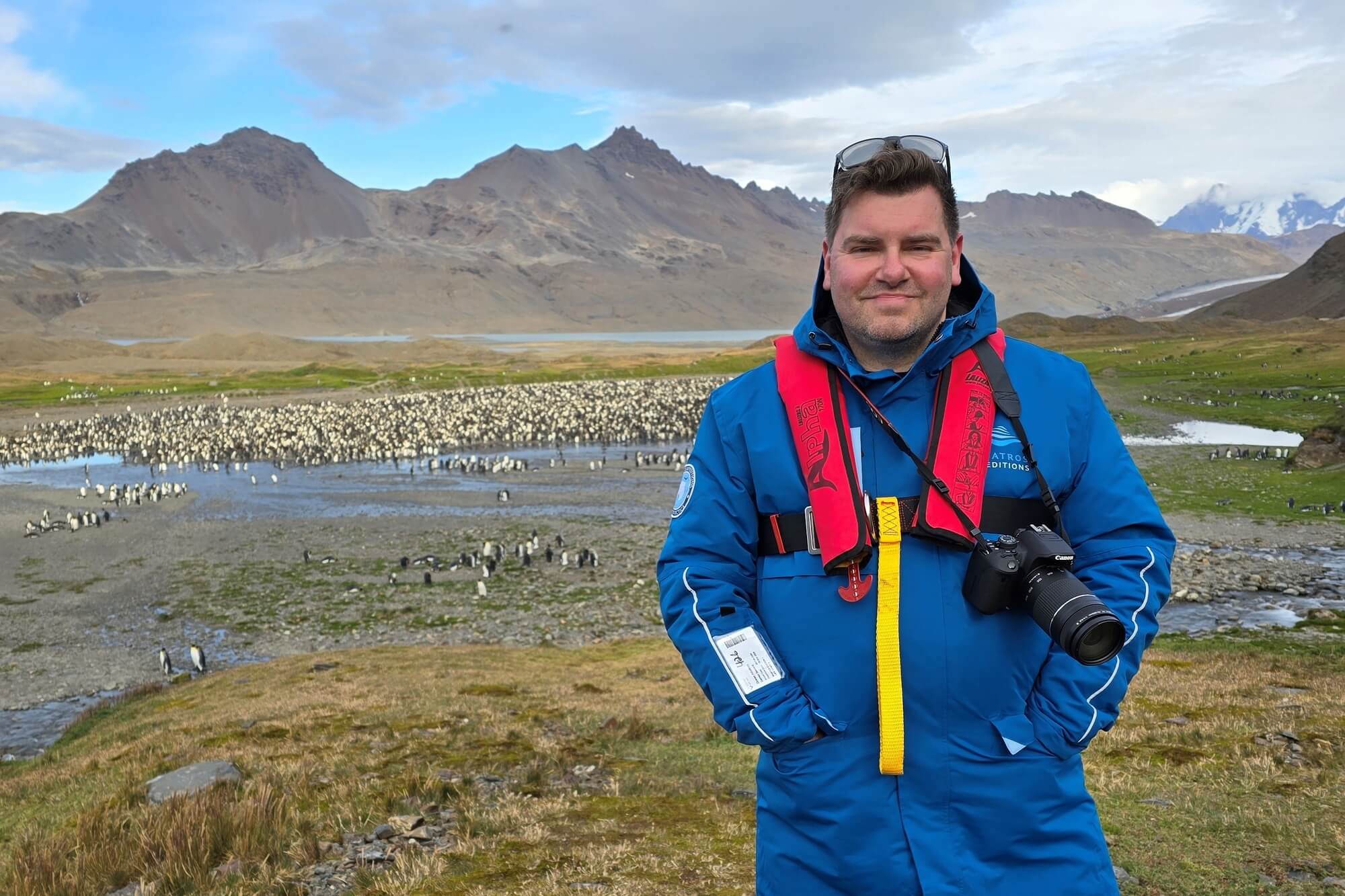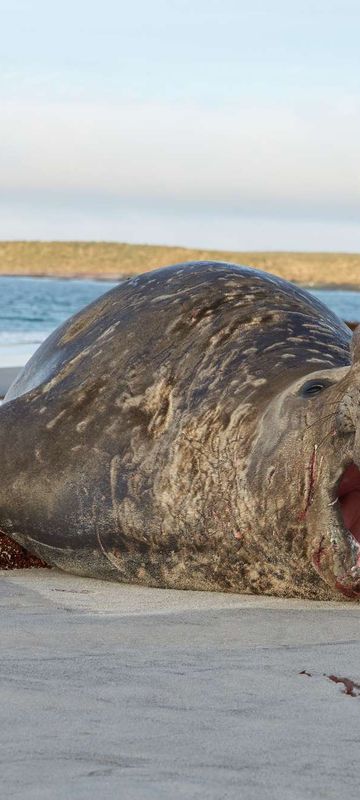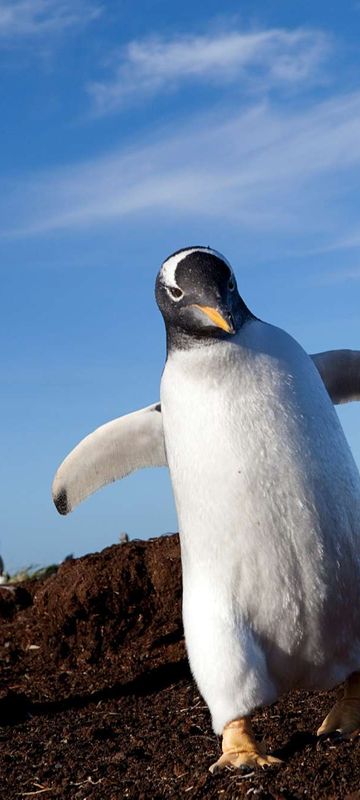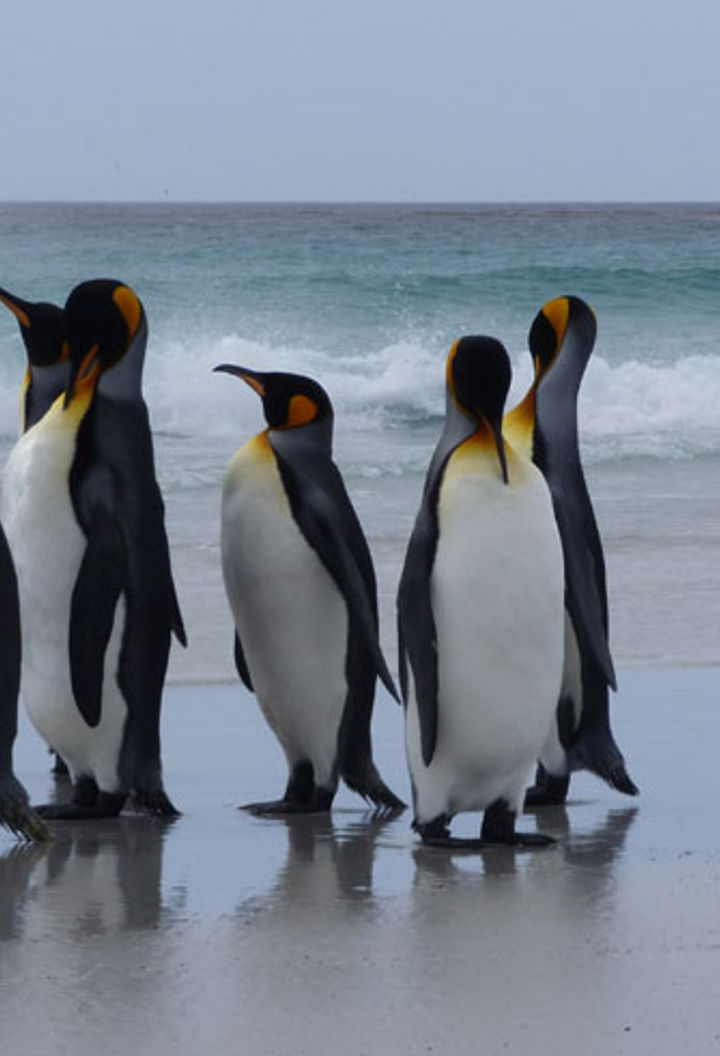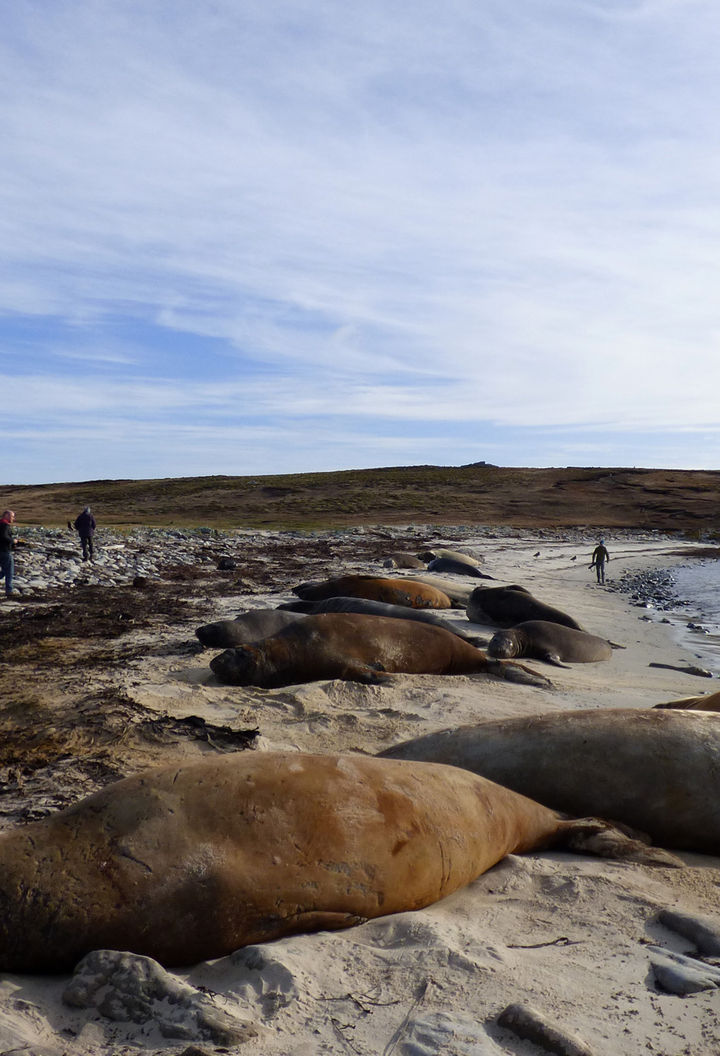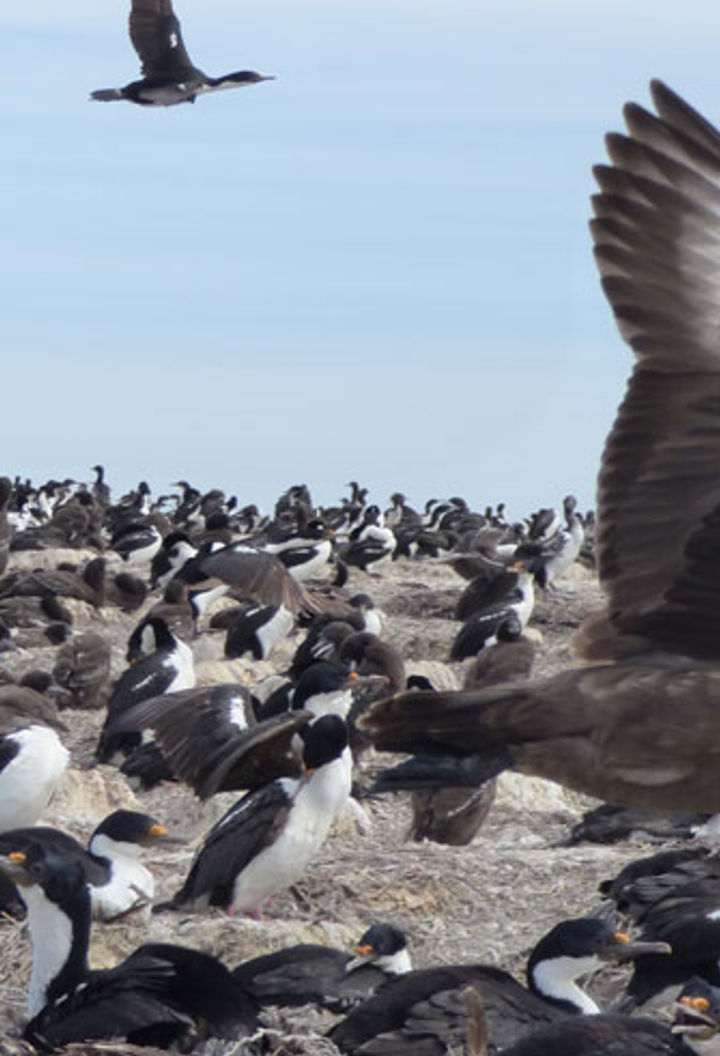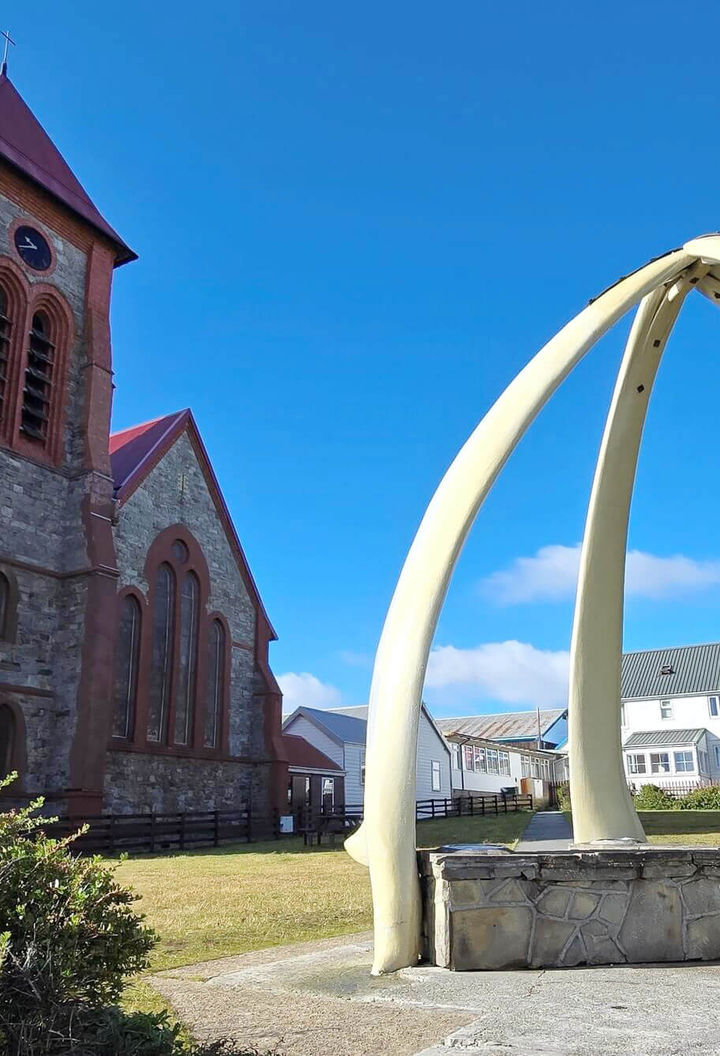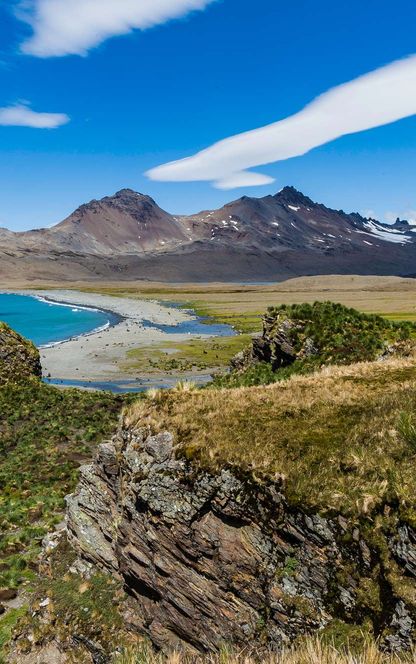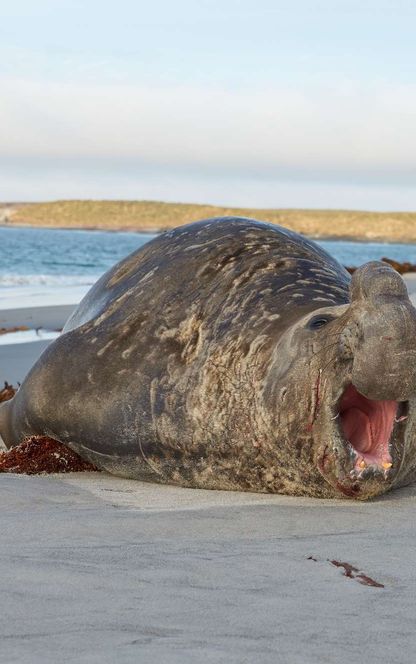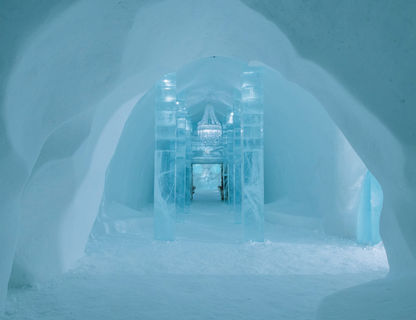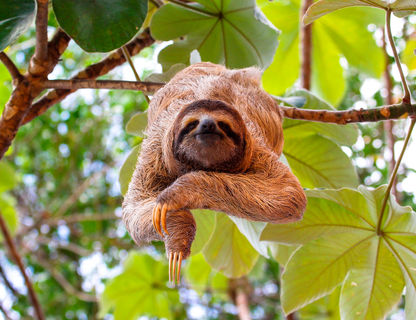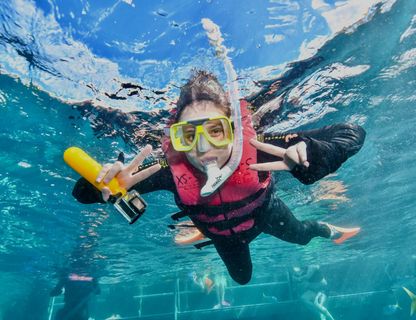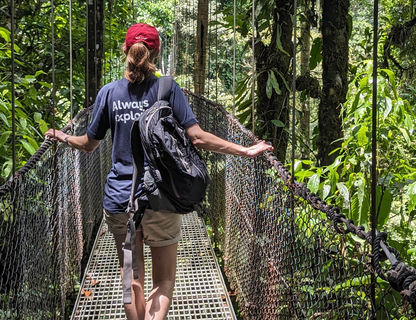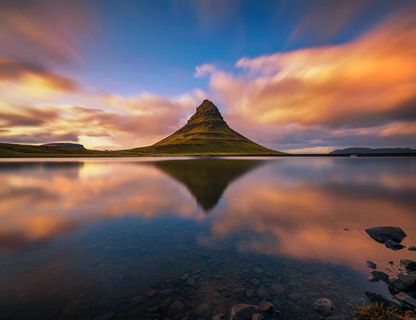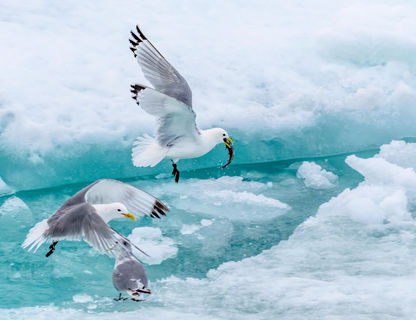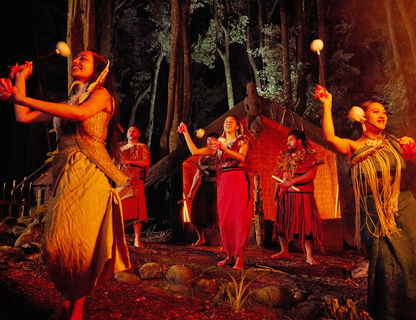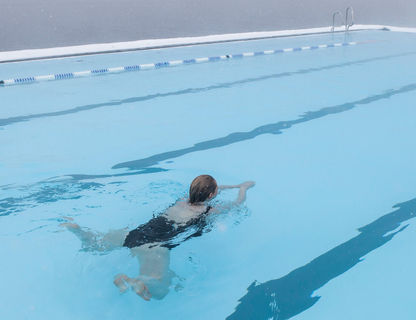Falklands in September-October
Spring in the Falklands heralds the return of its 22 breeding seabird species. In September, gentoo penguins will be busy establishing colonies, courting, quarrelling and stealing nest materials from their neighbours. Magellanic penguins, meanwhile, will be tending to their breeding burrows. During October, rockhopper and breeding king penguins return. By the end of the month, egg-laying is well underway for all seabirds. Elephant seals make their way back to the Falklands in late August-September. This is the best time to witness the ferocious fights between male ‘beach-masters’, but you need to wait until October to see newborn pups on the sandy beaches. Females suckle their young for around three weeks, mate and then leave. The pups stay for another 8-10 weeks before heading to sea to feed.
























